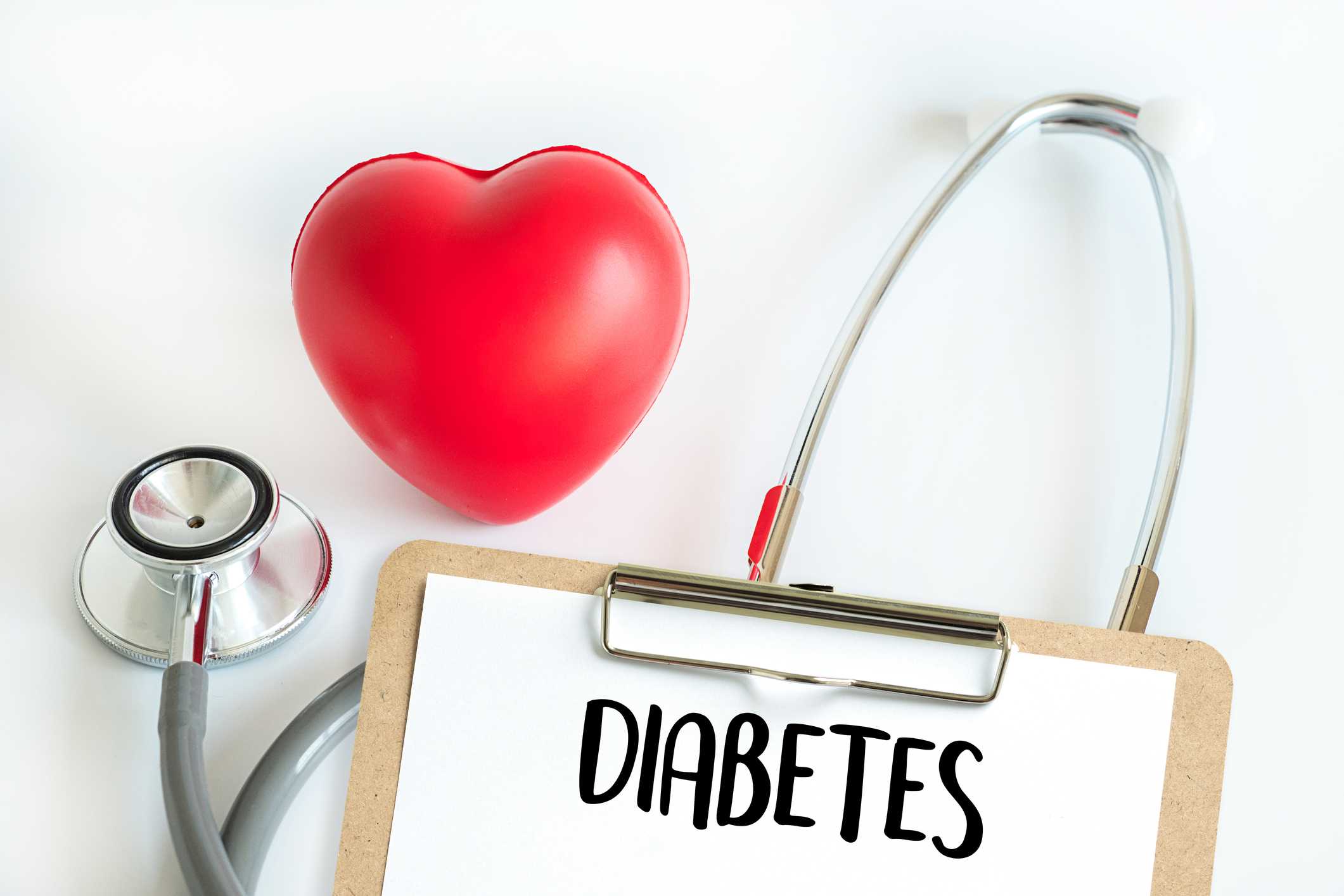Symptoms And Medication Of Diabetes
Diabetes
Diabetes: A condition where body gets impaired and ability to process blood glucose, otherwise known as blood sugar becomes difficult
As per records, the number of people over 18 years of age with diagnosed and undiagnosed diabetes is 30.2 million. The figure represents between 27.9 and 32.7 percent of the population.
Without ongoing, careful management, diabetes can lead to a build-up of sugars in the blood, which
can increase the risk of complications that can be dangerous, leading to stroke and heart disease.
Different kinds of diabetes can occur at any stage of life and managing the condition depends on the type.
All forms of diabetes does not stem from a person being overweight or leading an inactive lifestyle. In fact, some are present from childhood.
TYPES:
Three major diabetes types can develop: Type 1, type 2, and gestational diabetes.
Type I- diabetes: known as juvenile diabetes, this type occurs when the body fails to produce insulin. People with type I diabetes are insulin-dependent, which means it is mandatory for them to take artificial insulin daily to stay alive.
Type 2- diabetes: this type diabetes affects the way the body uses insulin. While the body still makes insulin, unlike in type I, the cells in the body do not respond to it as effectively as they once did. According to the National Institute of Diabetes and Digestive and Kidney Disease, this is the most common type of diabetes, and it has strong links with obesity.
Gestational diabetes: This type occurs in women during pregnancy when the body can become less sensitive to insulin. Gestational diabetes does not occur in all women and usually resolves after giving birth.
SYMPTOMS:
Doctors refer to some people as having prediabetes or borderline diabetes when blood sugar is usually in the range of 100 to 125 milligrams per decilitre (mg/dL).
Normal blood sugar levels sit between 70 and 99 mg/dL, whereas a person with diabetes will have a fasting blood sugar higher than 126 mg/dL.
The prediabetes level means that blood glucose is higher than usual but not so high as to constitute diabetes.
People with prediabetes symptoms are, however, at risk of developing type 2 diabetes, the risk factors for prediabetes and type 2 diabetes are similar. They include:
- being overweight
- a history of high blood pressure
- a family history of diabetes
- having gestational diabetes or giving birth to a child with a birth weight of more than 9 pounds
- a history of polycystic ovary syndrome (PCOS)
- having a high-density lipoprotein (HDL) cholesterol level lower than 40 mg/dL or 50 mg/dL\
When a person is diagnosed with any of these types of diabetes, they will often recommend making lifestyle changes to support weight loss and overall health.
A doctor may refer a person with diabetes or prediabetes to a nutritionist and consulting a specialist can help a person with diabetes lead an active, balanced lifestyle and manage the condition.
Healthy diet can help prevent, reverse, or manage diabetes.
Following are the steps a person can take to embrace a lifestyle with diabetes include:
- Eating a diet high in fresh, nutritious foods, including whole grains, fruits, vegetables, and lean proteins, low-fat dairy and healthy fat sources, such as nuts.
- Avoiding high-sugar foods that provide calories that do not have other nutritional benefits or empty calories such as sweetened sodas, junk food, and high-sugar desserts.
- Refraining from drinking excessive amounts of alcohol or keeping intake to less than one drink a day for women or two drinks a day for men.
- Engaging oneself with exercise for at least 30mins a day on at least 5 days of the week, such as of walking, aerobics, riding a bike, or swimming.
- Understanding signs of low blood sugar when exercising, including dizziness, confusion, weakness, and profuse sweating.
People with type I diabetes and some people with type 2 diabetes may need to inject or inhale insulin to keep their blood sugar levels from becoming too high.
Various types of insulin are available, and most are grouped by how long their effect lasts. There are rapid, regular, intermediate, and long-acting insulin’s.
Some people will use a long-acting insulin injection to maintain low blood sugar levels consistently. Some people may use short-acting insulin or a combination of insulin types. Whatever may be the type, a person will usually check their blood glucose levels using a finger stick.
This method of checking blood sugar levels involves using a special, portable machine called a glucometer. A person with type I diabetes will then use the reading of their blood sugar level to determine how much insulin they need.
Self-monitoring is the only way a person can find out their blood sugar levels. Assuming the level from any physical symptoms that occur may be dangerous unless a person suspects extremely low glucose and thinks they need a rapid dose of glucose.
The discovery of insulin was fascinating and controversial.
How much is too much?
Insulin helps people suffering with diabetes live an active lifestyle. However, it can lead to serious side effects, especially if a person administers too much.
Excessive insulin can lead a person suffer from hypoglycaemia, or extremely low blood sugar, and lead to nausea, sweating, and shaking.
It is essential that people measure insulin carefully and eat a consistent diet that balances blood sugar levels as much as possible.
In addition to insulin, other types of medication which are available can help a person to manage their condition.
Metformin
For type 2 diabetes, a doctor may prescribe metformin in pill or liquid form.
It contributes to:
- lowering blood sugar
- making insulin more effective
It can also help in weight loss and having a healthy weight can reduce the impact of diabetes.
As well as in diabetes, a person may also have other health risks, and they may need medication to control these. A doctor will advise the individual about their needs.
It is important for any individual to go for a check up through a diabetic expert. Hence, it is always useful to book a doctor through any online platform such as Quickobook in order to get the best diagnosis.











 Play Store
Play Store
Comments (0)
No Comments.